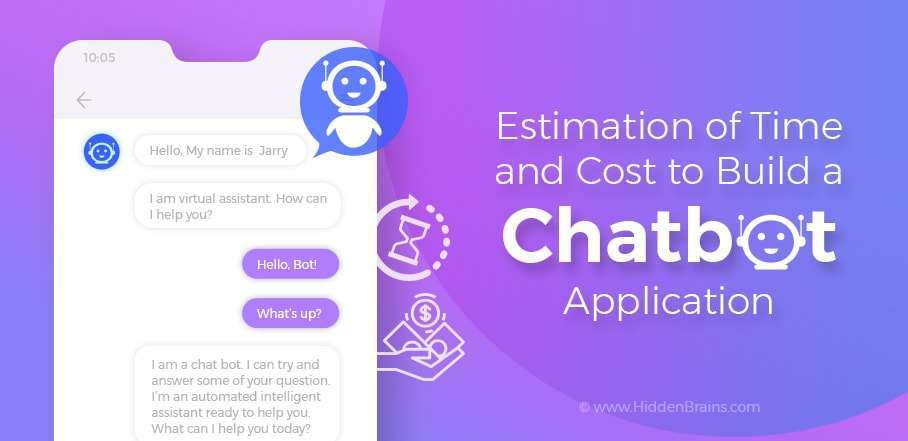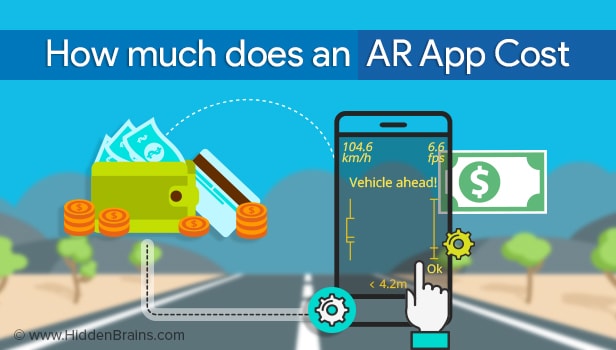The E-learning industry is growing rapidly and offering advanced ways of learning to the industry. Now, to complete the education sessions, it is not important for the students and teachers to be at one place.
With modern integrated E-learning software solutions, the learning process has turned the process into more easier and faster. Presently, in Covid 19, pandemic, by launching E-learning software, the education industry can continue their classes with this step process only. During this tough time, this procedure has been boosted up and the demand of online classes has also increased at the high level.
The E-learning module should be based on interactive and engaging sessions which includes images, videos, and many other features. In this blog, let’s know the powerful steps, which helps you to launch the successful virtual learning platforms for the students.
E-learning Development Guide - Know the process
1) Analysis
The foremost step is to have a proper analysis of the project. It is important to have proper concepts and documentation of the E-learning development process. Your learning objectives and targeted students should be clear. You should have specific requirements to meet.
Apart from this, analyse your competitors and know about their goals and objectives. Furthermore, what strategies they have opted up to turn the learning process into more accurate and reliable.
2) Design
The next major step one which the development team should focus is on design. It plays a crucial role and when it comes to the learning process that it should be highly impressive and interactive. Students should not get bored with the design and should also include several instructional, visual and audio attributes to deliver immediate results.
With color and font, it is important to focus on other other characteristics also. Students should not face many challenges to use the E-learning solutions as well the process should be time consuming. Apart from this the design should be easy to use with highly integrated features.
3) Development
All the specifications and the planning used to be implemented into this phase. From coding to integration of the functionalities used to integrate in this process. Page layout, graphic user interface and multimedia content used to be finalised in this process only. It supports inbuilt interactivities and the features will respond to the users. The coding and integration of third party API also involve this process. For successful implementation, developers should be proficient with several tools and technologies.
4) Evaluate & Implement
In this process, the quality of the courses should be implemented and rechecked by the professionals. The quality of the course should match both the design and functionalities with the content. In this process, designers, professionals, editors all should get involved to check the quality and ensure perfection of the study material. Feedback should be also included.
5) Translation:
If a course needs to be translated into one or other languages, then the translator can be implemented in this stage.
Conclusion
E-learning solution has its own strategy and also has its diverse learning methods. Here we have introduced the different design and development process to launch your education platform, which turns the learning into easier and seamless.
Read Also :
Check Out Portfolios Here :




0 comments:
Post a Comment